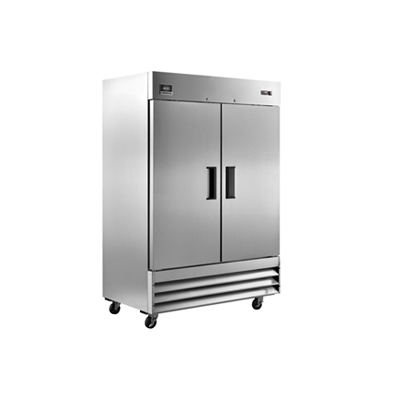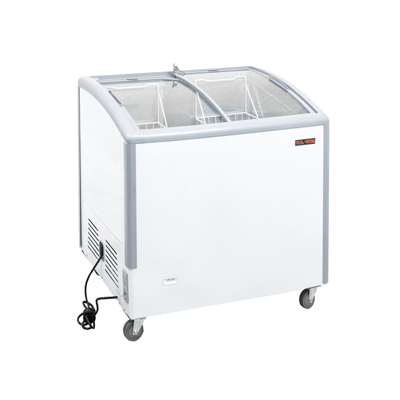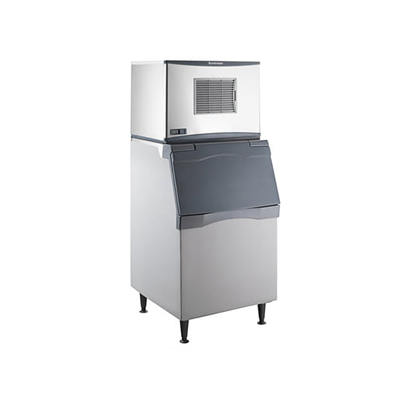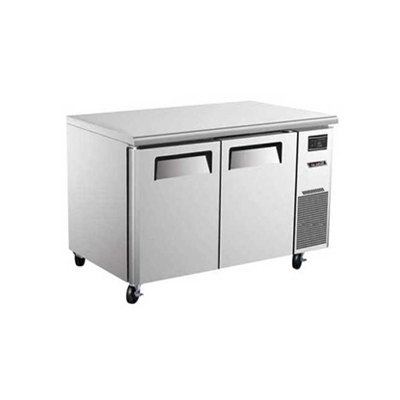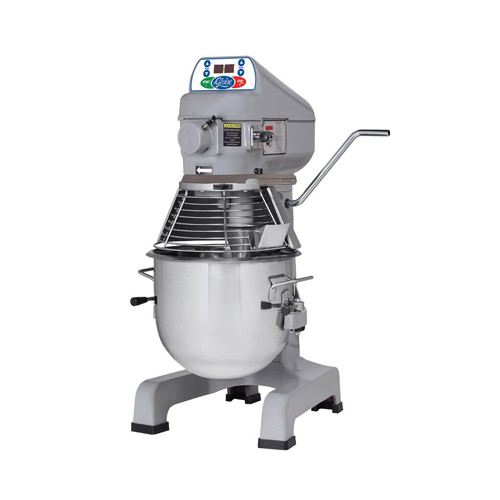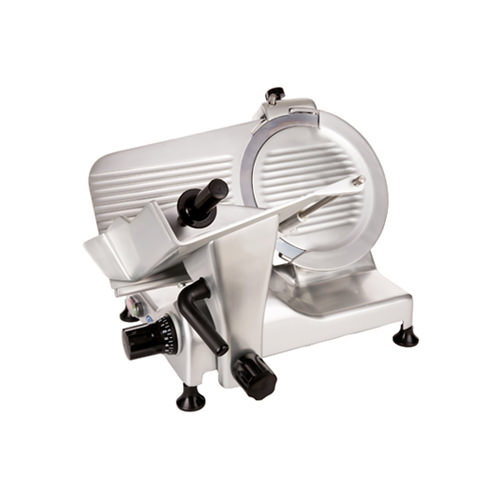How Many ML in a Shot Glass | Restaurant Guide
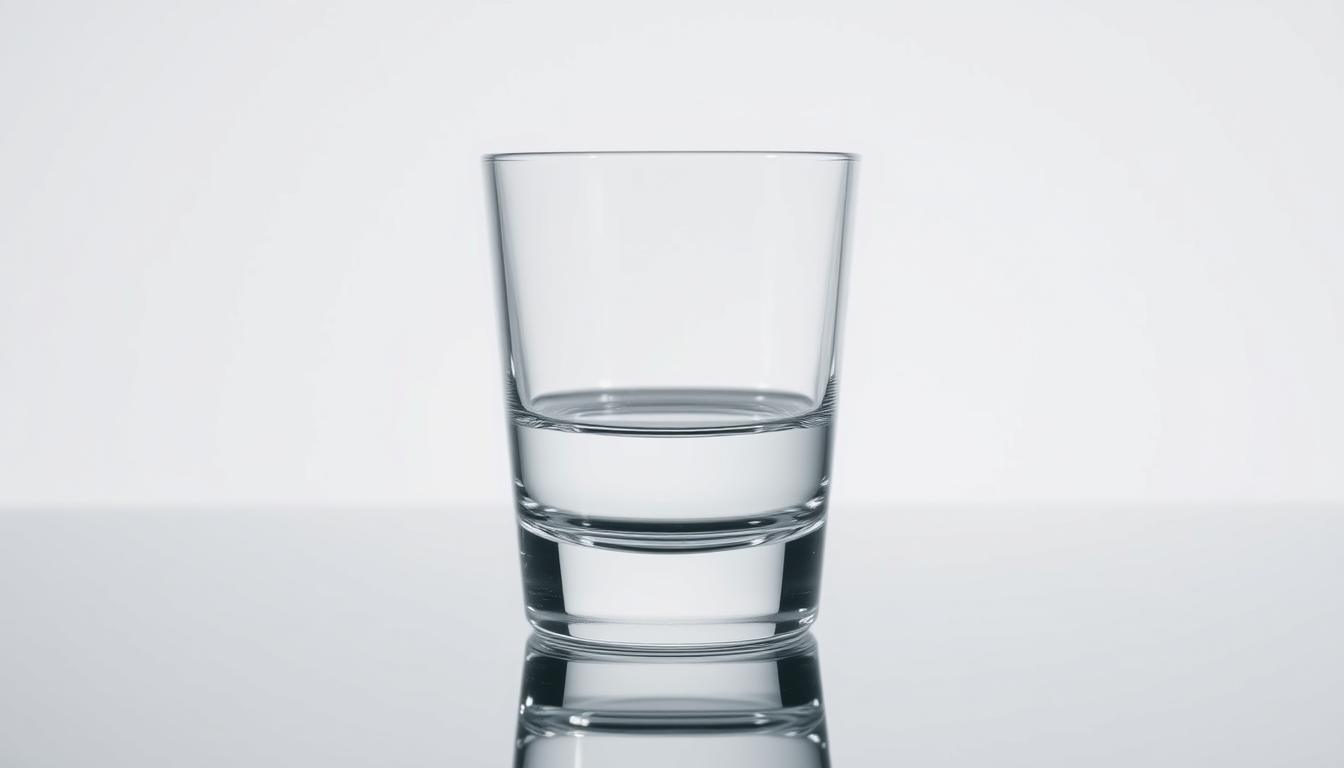
Have you ever wondered how many milliliters are in a shot glass? This simple question holds significant importance for restaurant operations, especially when it comes to maintaining consistency in recipes and ensuring precise pours. Whether you’re a seasoned bartender or a restaurant owner, understanding the exact measurements is crucial for delivering high-quality drinks every time.
Accurate alcohol measurements are not just about compliance; they’re the backbone of a well-run bar. Precise pours ensure that every cocktail, from a classic vodka recipe to a whiskey shooter, tastes exactly as intended. This guide will walk you through the essential details of shot glass sizes, industry standards, and the tools you need to master the art of measurement.
From the standard 1.5-ounce shot in the United States to the varying sizes in other countries, understanding these nuances can elevate your bar service. Stay ahead of the game with insights into historical and modern measurement standards, ensuring your establishment stands out for its consistency and quality.
By the end of this guide, you’ll be equipped with the knowledge to measure like a pro, whether you’re crafting a single shot or a double shot. Let’s dive into the world of precise pours and uncover the secrets behind the perfect shot glass measurement.
Understanding the Importance of Accurate Measurements in a Restaurant Setting
Accurate measurements are the backbone of a well-run bar, ensuring every drink served meets quality and consistency standards. Whether you’re a bartender or a restaurant manager, precise pours are crucial for maintaining profitability and customer satisfaction.
One of the key reasons accuracy matters is cost control. Overpouring can lead to significant financial losses over time. For example, a bar that serves 500 drinks a week could lose hundreds of dollars annually if each drink is overpoured by just a fraction of an ounce.
| Factor | Impact of Accurate Measurements |
|---|---|
| Cost Control | Prevents overpouring, reducing waste and saving costs. |
| Drink Quality | Ensures consistent taste and strength, enhancing customer satisfaction. |
| Customer Satisfaction | Delivers a reliable experience, building trust and loyalty. |
Using tools like jiggers can help maintain consistency. A standard jigger measures 1.5 oz on one side and 0.75 oz on the other, making it easy to pour precise amounts. This consistency ensures that every cocktail, whether a vodka recipe or a whiskey shooter, tastes as intended.
Accurate measurements also play a role in compliance and inventory management. By knowing exactly how much liquor is used, bars can better track their stock and order supplies more efficiently. This level of control is essential for operational excellence.
In summary, precise measurements are vital for maintaining quality, controlling costs, and ensuring customer satisfaction. By implementing accurate pouring techniques and using the right tools, restaurants can elevate their bar service and overall operational efficiency.
Standard Measurements: How Many ML in a Shot Glass
Understanding standard shot glass measurements is essential for consistency in drink preparation. In the United States, a typical shot glass holds between 1.0 to 1.5 fluid ounces, which translates to approximately 30 to 44 milliliters. This standard ensures uniformity in recipes and pours across bars and restaurants.
However, shot sizes can vary significantly by region. For instance, in Canada, a single shot is often 28 milliliters, while a double shot is 44 milliliters. In contrast, countries like Germany and Finland use smaller measures, typically 20 milliliters for a single shot and 40 milliliters for a double shot. These variations highlight the importance of understanding local standards to maintain consistency in mixed drinks.
Standard measurements are crucial for maintaining drink consistency and quality. Consistent pours ensure that every cocktail, whether a vodka recipe or a whiskey shooter, tastes as intended. This consistency also plays a role in inventory management and cost control, as precise measurements help track liquor usage accurately.
When different shot sizes are used, it can significantly impact recipes. For example, a bartender using a 30-milliliter shot instead of the standard 44 milliliters in a cocktail recipe can alter the flavor profile and potency of the drink. This is why understanding and adhering to standard measurements is vital for delivering a consistent and high-quality drinking experience.
History and Evolution of the Shot Glass
The shot glass has a rich history that spans centuries, evolving from simple vessels to precise measuring tools. Originating in ancient times, early shot glasses were crafted from materials like metal or wood, serving as rudimentary containers for alcohol in taverns. These early designs laid the groundwork for the standardized shot glasses we know today.
Origins and Early Designs
In the 17th and 18th centuries, shot glasses were often made of pewter or ceramic. Their sizes varied, but they were typically small, reflecting the need for controlled alcohol servings. The introduction of glass production techniques in the 19th century popularized glass shot glasses, offering clarity and durability.
Modern Adaptations
Today, shot glasses are made from a variety of materials, including stainless steel and plastic, each offering unique benefits. Modern designs often feature measured markings, aiding bartenders in precise pours. The shape of shot glasses has also evolved, with taller, narrower designs influencing perception and pouring accuracy. Cultural shifts, such as the rise of cocktail culture in the 20th century, have further shaped the design and use of shot glasses, emphasizing both functionality and aesthetics.
Understanding the historical context of shot glasses provides insight into their contemporary use, highlighting how design innovations continue to influence modern bartending practices.
Different Types of Shot Glasses and Their Uses
Shot glasses come in various designs, each serving a specific purpose in mixology. Understanding these types can help you elevate your bar service and ensure precise pours.
Single Shot vs. Double Shot
A single shot glass typically holds 1.5 ounces (44 ml), while a double shot holds 3 ounces (88 ml). The double shot is ideal for serving stronger liquors or crafting larger cocktails. Choosing the right size ensures consistent flavor and potency in every drink.
Specialty Designs for Cocktails
Beyond standard sizes, there are glasses designed for specific cocktails. For example, a shooter glass is narrower, making it perfect for layered drinks. Specialty designs not only enhance presentation but also affect how the drink is experienced.

When selecting shot glasses, consider both functionality and aesthetics. A jigger is a valuable tool for precise measurements, especially in busy bars. Practical advice includes matching glass size to the type of drink and using jiggers for accuracy.
Industry tips suggest using different shot glasses for various recipes to maintain consistency. Whether you’re serving a vodka recipe or a whiskey shooter, the right glass ensures a perfect pour every time.
Industry Standards for Measuring Alcohol
Understanding the role of industry standards in alcohol measurement is crucial for maintaining consistency and compliance. These standards, defined by regulatory bodies and industry associations, ensure that every pour meets legal requirements and customer expectations.
In North America, particularly in the United States and Canada, the standard pour for a single shot is typically 1.5 ounces (44 ml), while a double shot is 3 ounces (88 ml). These measurements are enforced to maintain uniformity across bars and restaurants, ensuring that each drink served is consistent in strength and flavor.
Consistency in measurement is vital for legal compliance and customer trust. By adhering to these standards, bars can avoid overpouring, which leads to significant financial losses. Tools like jiggers are essential for precise measurements, with a standard jigger measuring 1.5 oz on one side and 0.75 oz on the other.
Restaurants implement these standards through training programs that teach bartenders to use jiggers accurately. This ensures that every cocktail, whether a vodka recipe or a whiskey shooter, is crafted to perfection. The use of measured shot glasses also aids in maintaining these standards, ensuring that every pour is precise and consistent.
In summary, industry standards for measuring alcohol are essential for maintaining quality, compliance, and customer satisfaction. By following these guidelines, restaurants can elevate their bar service and operational efficiency.
Tools and Techniques: Mastering the Jigger and Measuring Devices
When it comes to precise pours, the right tools make all the difference. A jigger is an essential tool for any bartender, allowing for accurate measurements every time. Whether you’re crafting a single shot or a double shot, using a jigger ensures consistency in your recipes.
Selecting the Right Jigger
Choosing the right jigger can elevate your bartending skills. There are various types available, each designed for different needs. A dual-sided jigger is ideal for measuring both single and double shots, typically holding 1.5 ounces on one side and 0.75 ounces on the other. This versatility makes it a favorite among professionals.

For those seeking precision, Japanese precision jiggers are a great option. They often feature measurements in smaller increments, allowing for more control over the amount poured. However, they may require a bit more skill to use effectively.
Proper Pouring Methods
Mastery of pouring techniques is crucial for consistent results. The free-pour method is popular but requires practice to ensure accuracy. Counting the flow—such as a 4-count for 2 ounces—can help maintain consistency. Alternatively, using a jigger with marked measurements provides a straightforward way to measure accurately.
Training bartenders to use these tools correctly is key. Emphasize the importance of consistency and demonstrate proper techniques. This not only improves drink quality but also reduces waste, benefiting the bar’s profitability.
| Tool | Features | Best Use |
|---|---|---|
| Dual-Sided Jigger | 1.5 oz and 0.75 oz sides | Single and double shots |
| Japanese Precision Jigger | Smaller increments | High-precision recipes |
By selecting the right tools and mastering pouring methods, bartenders can ensure every drink is crafted to perfection. These techniques are vital for maintaining quality and consistency, making them indispensable in any bar setting.
Calculating Precise Portions for Cocktails
Accurate portion control is vital for crafting consistent and delicious cocktails. Whether you’re a professional bartender or an at-home mixologist, understanding how to measure ingredients precisely ensures every drink tastes its best. This section will guide you through the process of calculating portions accurately, adjusting recipes based on glass sizes, and using essential tools like jiggers.
To start, it’s important to understand the basic conversion factors. In the United States, a standard shot is typically 1.5 ounces (44.4 mL), while a double shot is 3 ounces (88.7 mL). For example, a classic vodka recipe might call for 1.5 ounces of vodka, which is equivalent to 44.4 mL. This consistency is key to maintaining flavor balance.
When adjusting recipes, consider the size of your glass. A taller glass may require more liquid to fill, while a shorter glass needs less. For instance, a whiskey shooter might use 1 ounce (29.57 mL) of whiskey, while a larger cocktail glass might require 2 ounces (59.15 mL). Using a jigger is the best way to ensure accuracy, as it allows for precise measurements every time.
Here’s a practical example: a cocktail made with 1 part (2 ounces) cranberry juice, 0.5 parts (1 ounce) vodka, and 0.75 parts (1.5 ounces) grapefruit juice maintains the same taste when served in a cocktail glass. This demonstrates how precise measurement ensures consistency in both taste and presentation.
In summary, precise portion control is essential for creating consistent and delicious cocktails. By understanding conversion factors, adjusting recipes based on glass sizes, and using tools like jiggers, you can elevate your mixology skills and ensure every drink is crafted to perfection.
Shot Glass Measurements Across the United States and Canada
When it comes to measuring liquor, understanding shot glass sizes is key for consistent pours. The United States and Canada have distinct standards that shape how alcohol is served in bars and restaurants.
United States Standards
In the United States, a standard shot glass typically holds 1.5 ounces (44 milliliters). This measurement is widely enforced by regulatory bodies to ensure consistency across bars and restaurants. The use of jiggers is common, with a standard jigger measuring 1.5 oz on one side and 0.75 oz on the other. This tool helps bartenders maintain precise pours, whether crafting a single shot or a double shot.
Canadian Variations
In Canada, the standard shot size is slightly different, measuring 1.44 ounces (42.3 milliliters). This variation stems from regional preferences and regulatory guidelines. Canadian bars often use similar tools, like jiggers, to ensure accurate measurements. However, the slightly smaller size reflects local drinking customs and liquor control policies.
| Country | Standard Shot Size (oz) | Standard Shot Size (ml) | Regulatory Influence |
|---|---|---|---|
| United States | 1.5 | 44 | Federal and state regulations |
| Canada | 1.44 | 42.3 | Provincial liquor control boards |
These differences highlight how regional regulations and cultural preferences influence shot glass measurements. Understanding these standards is crucial for maintaining consistency in cocktail recipes and ensuring compliance with local laws.

Factors Influencing Measurement Variations
When it comes to achieving precise pours, several factors can influence measurement variations in shot glasses. One of the most significant is the shape and design of the glass itself. The curvature, thickness, and overall structure can affect how liquid is poured and measured.
Impact of Glass Shape and Design
The design of a shot glass plays a crucial role in accurate measurements. A glass with a wide mouth may lead to overpouring, while a narrow opening can restrict flow, making it harder to measure precisely. Understanding these design nuances is essential for maintaining consistency in every pour.
For instance, a shot glass with thick walls may hold less liquid than one with thinner walls, even if their external sizes appear similar. This variation can lead to inconsistencies in drink preparation. Consistent glass design is key to ensuring that every shot measures accurately.
Certain design flaws, such as an uneven rim or a curved shape, can also impact measurement accuracy. These flaws can cause liquid to spill or make it difficult to gauge the exact amount poured. Opting for well-designed shot glasses with straight sides and even rims helps minimize these issues.
Moreover, the material of the glass can affect thermal expansion, which might slightly alter volume measurements, especially when liquids are at extreme temperatures. However, this effect is minimal and typically negligible in most bar settings.
In conclusion, the shape and design of shot glasses significantly influence measurement accuracy. By selecting glasses with consistent designs and minimal flaws, bartenders can ensure precise pours and maintain the quality of their drinks. Investing in high-quality glassware is a simple yet effective way to elevate your bar service and deliver consistent results every time.
Common Mistakes When Measuring Alcohol
Measuring alcohol accurately is crucial for maintaining quality and consistency in your bar. However, even experienced bartenders can fall into common pitfalls that affect drink quality and profitability. Let’s explore some of these mistakes and how to avoid them.
Overpouring Pitfalls
One of the most frequent errors is overpouring. This can lead to inconsistent flavors and increased alcohol costs. For instance, consistently overpouring by just 0.25 ounces per drink can add up significantly over time. In a busy bar environment, this can result in substantial financial losses. To prevent this, consider using tools like a jigger, which helps maintain precise measurements.
Misjudging Volumes
Another common mistake is misjudging liquid volumes. Relying on visual estimation instead of precise tools can lead to inconsistent cocktail recipes. For example, a bartender might pour what they think is a single shot but end up serving a double shot. This not only affects the drink’s taste but also its potency. Training staff to use measuring tools and implementing standard procedures can help mitigate this issue.
Additionally, understanding the shape and size of your glasses is vital. A wider glass may lead to overpouring, while a narrower one might restrict flow. Ensuring your glasses are consistent in design can help maintain accurate measurements.
By addressing these common mistakes and implementing proper training and tools, you can elevate your bar service and ensure every drink is crafted to perfection. Remember, precision is key to delivering a consistent and high-quality drinking experience.

For more insights on improving your bar operations, visit our commercial ice machine sizing guide to optimize your equipment setup.
Utilizing Shot Glass Measurements for Consistent Recipes
Consistency is key to crafting exceptional cocktails, and precise shot glass measurements are at the heart of this process. Whether you’re a bartender or a restaurant manager, ensuring each pour is accurate guarantees that every drink meets quality and flavor standards.
Using tools like a jigger is essential for maintaining consistency. A standard jigger measures 1.5 oz on one side and 0.75 oz on the other, making it ideal for both single and double shots. This tool helps prevent overpouring, which can lead to inconsistent flavors and increased costs.
Standard shot sizes play a crucial role in maintaining taste and presentation. In the United States, a single shot is typically 1.5 oz (44 ml), while a double shot is 3 oz (88 ml). These measurements ensure that every cocktail, whether a vodka recipe or a whiskey shooter, tastes as intended.
| Aspect | Consistent Measurements | Inconsistent Measurements |
|---|---|---|
| Cost Control | Reduces waste and saves costs | Leads to overpouring and financial loss |
| Drink Quality | Maintains consistent taste and strength | Results in varied flavor profiles |
| Customer Satisfaction | Ensures a reliable experience | May lead to customer dissatisfaction |
For high-volume settings, systematic measurement protocols are vital. Train your staff to use jiggers and standard shot glasses to streamline recipe execution. This not only enhances efficiency but also elevates the overall quality of your bar service.
For more insights on optimizing your bar operations, visit our commercial ice machine guide to ensure your setup supports precise pours and consistent cooling.
Expert Tips from Bartenders and Industry Professionals
Mastering precise pours is an art that professionals perfect over time. Experienced bartenders emphasize the importance of consistency, which directly impacts both drink quality and customer satisfaction. Let’s delve into expert advice and practical habits that can elevate your bar service.
Insider Advice for Precision
Professional bartenders stress the importance of using tools like jiggers for accurate measurements. A standard jigger typically measures 1.5 ounces on one side and 0.75 ounces on the other, making it ideal for both single and double shots. This consistency ensures that every cocktail, whether a vodka recipe or a whiskey shooter, tastes as intended.

Training staff to use these tools correctly is key. Emphasize the importance of consistency and demonstrate proper techniques. This not only improves drink quality but also reduces waste, benefiting the bar’s profitability.
| Tool | Features | Best Use |
|---|---|---|
| Dual-Sided Jigger | 1.5 oz and 0.75 oz sides | Single and double shots |
| Japanese Precision Jigger | Smaller increments | High-precision recipes |
By selecting the right tools and mastering pouring methods, bartenders can ensure every drink is crafted to perfection. These techniques are vital for maintaining quality and consistency, making them indispensable in any bar setting.
Innovative Tools and Gadgets for Enhanced Measurement
Modern bartending has embraced technology, introducing innovative tools that redefine precision in alcohol measurement. These gadgets are transforming how mixologists prepare cocktails, ensuring consistency and elevating the craft of bartending.
Digital jiggers are at the forefront of this revolution. These tools feature precise digital measurements, often with backlit displays and memory functions. For example, the OXO Good Grips Digital Jigger offers measurements in both ounces and milliliters, making it versatile for various recipes. Such tools not only enhance accuracy but also streamline the mixing process, allowing bartenders to focus on creativity rather than calculations.
Beyond jiggers, smart scales and measuring apps are gaining popularity. These devices connect to smartphones, providing real-time tracking of pours and helping bartenders maintain consistency. They’re especially useful in high-volume settings, where precision is key to maintaining quality and reducing waste.
| Tool Type | Features | Benefits |
|---|---|---|
| Digital Jigger | Digital display, multiple units, memory function | Enhanced precision, easy unit conversion, streamlined mixing |
| Smart Scale | Bluetooth connectivity, real-time tracking, app integration | Consistent pours, reduced waste, data tracking for inventory |
| Measuring Apps | Virtual tutorials, recipe integration, real-time feedback | Improved technique, personalized recipes, staff training |
These innovative tools are easy to integrate into restaurant operations, offering a blend of technology and tradition. They empower bartenders to craft consistent, high-quality drinks while maintaining the artistry of mixology. For insights on optimizing your bar operations, visit our guide to choosing the perfect pizza to ensure your setup supports precise pours and consistent results.
Conclusion
Understanding the precise measurements of a shot glass is vital for maintaining consistency and quality in every cocktail. Whether you’re a bartender or a restaurant manager, mastering accurate pours ensures each drink meets high standards.
The evolution from simple vessels to modern tools like jiggers highlights the importance of precision. These tools not only enhance consistency but also streamline the mixing process, allowing bartenders to focus on creativity.
By implementing these practices, restaurants can elevate their bar service and operational efficiency. We encourage you to explore more resources or consult with experts to further enhance your operations.
With the insights from this guide, you’re well-equipped to craft consistent, high-quality drinks. For more information on optimizing your bar operations, visit our commercial ice machine guide to ensure your setup supports precise pours and consistent results.
Confidently apply these methods to deliver exceptional drinking experiences.


